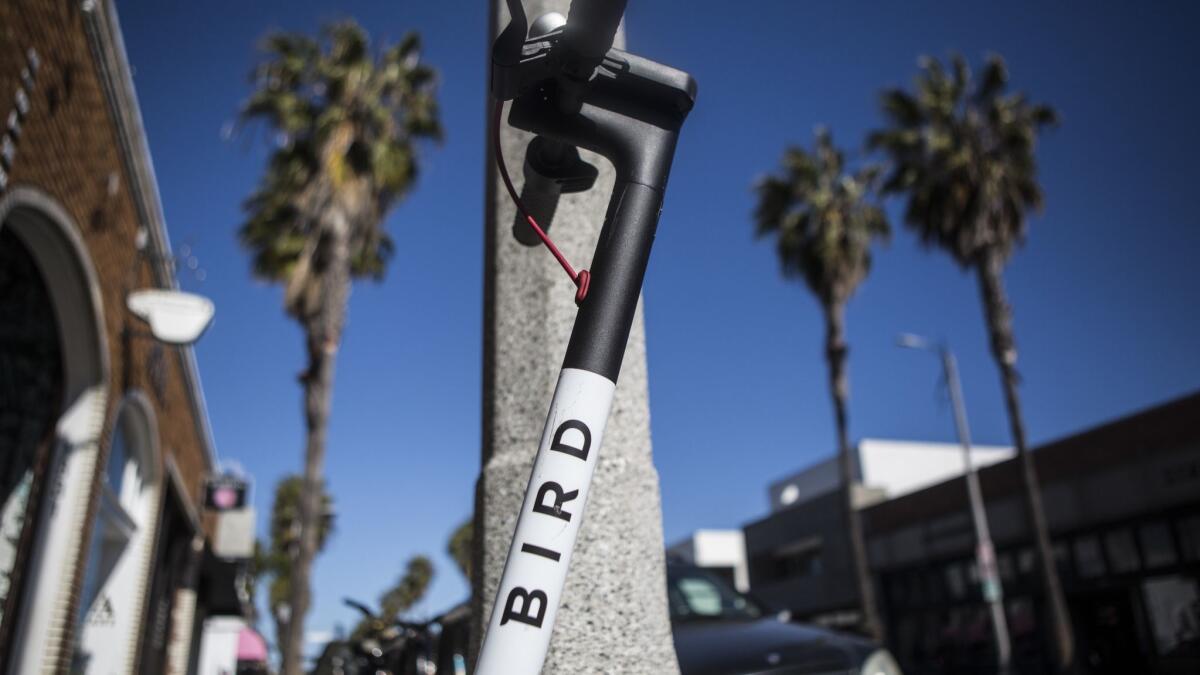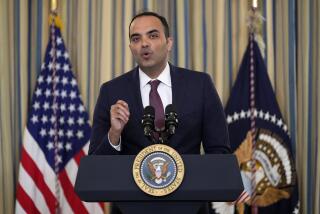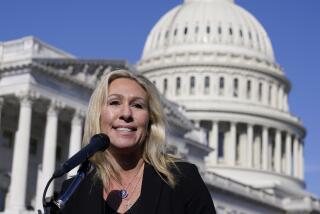PPP loan data errors raise questions about relief effectiveness

Herb Miller was baffled when he learned that the Trump administration reported that his one-man business in Hixson, Tenn., was approved for a coronavirus relief loan of as much as $5 million. The amount was $3,700, he said.
“Something is screwed up there,” said Miller, who has been an accountant for almost five decades. “I’m going to have to get this straightened out.”
A Bloomberg News analysis shows that the data for Paycheck Protection Program loans totaling more than $521 billion released on July 6 are riddled with anomalies. Although the maximum PPP loan for a one-person enterprise is $20,833, more than 75,000 loans listing one job retained have higher amounts — including 154 showing $1 million or more.
The PPP was designed to keep employees of small businesses on payroll during the pandemic. Out of almost 4.9 million loans, the number of “jobs retained” is zero for 554,146 and blank for 324,122. Seven loans list negative job numbers.
Conversely, almost a thousand entries show 500 jobs for loans less than $150,000, which is mathematically doubtful given that the aid is based on 2.5 times a firm’s average monthly payroll. In 209 of those cases, it implies an average monthly salary of $4 or less per employee. Taken together, those figures call into question the job numbers in 1 out of every 5 PPP loans.
The anomalies cast doubts about the accuracy of the data for the centerpiece of the $2.2-trillion relief package enacted in March, including whether it supported the 51.1 million jobs that the administration has touted.
The PPP program is already facing backlash for doling out millions of dollars to big-name law firms, Wall Street managers and companies with ties to President Trump and other politicians. Now critics say the data issues make it difficult to evaluate how well the program worked, especially because the names of borrowers were redacted for smaller loans that account for about 87% of the number of loans.
“We are spending, as American taxpayers, upwards of half a trillion dollars to purportedly help small businesses stay afloat,” said Kyle Herrig, president of Accountable.US, a government-watchdog group that often criticizes the Trump administration. “We should know where the money went, how many jobs were saved, and right now with the data, we don’t have that ability to say with any certainty.”
The reported number of jobs is based on information provided by applicants, according to a spokesperson for the Treasury Department, which runs the PPP with the Small Business Administration. While some borrowers may have erroneously omitted the jobs number, the total value of loans approved is consistent with supporting about 51 million jobs based on average small-business employee compensation, the spokesperson said.
Under the program, borrowers file their applications through an approved lender. After the SBA issues a loan-guarantee number for banks to disburse funds, the lender and borrower can agree to a lower amount, the spokesperson said. The SBA and Treasury didn’t explain how some million-dollar loans in the data are much higher than the amount some borrowers said they applied for and received.
Some banks said the problem with the jobs data is that neither the PPP application nor the SBA’s electronic system, called E-Tran, which lenders use to submit applications, required an input for “jobs retained.” The application had a box for “number of employees,” and some lenders said they submitted that number while others said they left it blank.
Washington Trust Bank said that E-Tran, normally used for the SBA’s primary 7(a) loan program, offered three fields for job information: existing, created or retained. Lacking guidance from the agency, the bank said it entered its job numbers in the “existing” field. The SBA data set published last week shows only retained jobs, which helps explain why this category has so many zeros.
The Spokane-based bank said it processed more than 5,000 PPP loans, affecting 117,714 jobs, as of July 3. The SBA data show 5,268 loans, with 6,336 jobs retained.
Washington Trust said it’s reaching out to media outlets to explain why the job numbers are incorrect as well as encouraging the SBA to clarify its data-collating process and correct its information.
“The misleading data from the SBA has surprised and dismayed companies and small business owners who are now receiving calls from both media and customers,” Washington Trust President Jack Heath said in a statement.
Getting the jobs number right will matter even more when borrowers apply for loan forgiveness: The business owners will have to prove they maintained headcount and salaries to get their aid turned into a grant. If the SBA determines that a borrower is ineligible, the agency will direct the lender to deny loan forgiveness, the Treasury spokesperson said.
Supporters credit the PPP, created and implemented in a matter of days, for getting funding quickly to millions of U.S. small firms that self-certified they needed the funds as businesses were shuttered. They say that such an unprecedented program rolled out so quickly was bound to have glitches.
Bloomberg News spoke to more than a dozen companies that, according to the government, received loans of more than $1 million with a reported one job retained. The borrowers all said there were mistakes in the data set.
Frank Demandt, owner of a Miami architectural firm, said that he had four employees and that the loan value was grossly overstated. He said he received $19,700, not the $1 million to $2 million range cited in the SBA data. Demandt’s lender, BankUnited Inc., confirmed the loan amount and said it doesn’t know why the data say otherwise.
In Star City, Ark., Gregory Smith was dumbfounded. The chief executive of C&L Electric Cooperative Corp., which supplies power to more than 20,000 customers in a rural part of the state, said in his application that the company had about 100 employees.
“If it shows one job retained, that’s way off,” Smith said.
Several companies, including scooter rental service Bird Rides Inc., have complained that they appear in the data even though they didn’t apply for or receive aid.
“I actually never received a PPP loan,” said Bridget Ottoh of Ottoh Group in Mount Juliet, Tenn., who was listed as having been approved for a loan of $2 million to $5 million. “I applied for it and then withdrew it.”
The SBA inspector general, who produced a report in May critical of the agency for not collecting demographic data to prioritize loans to underserved and rural areas as Congress intended, has a review ongoing about the implementation of PPP and is aware of public reporting about anomalies, spokesman Sheldon Shoemaker said. Data analysis is part of the investigations and reviews, he said.
Miller, the Tennessee accountant whose loan was reported as between $2 million and $5 million in the SBA data, said he learned about the error when a friend saw his name in a list of PPP recipients published on a local newspaper’s website and asked why Miller hadn’t left town yet. The lender, Millennium Bank, couldn’t be reached for comment.
“This whole thing is a farce,” Miller said.
Bloomberg writers Jason Grotto, David Ingold, Nic Querolo, Olga Kharif, Drew Hutchinson, Catherine Leffert, Ed Ludlow and Renata S. Geraldo contributed to this report.
More to Read
Inside the business of entertainment
The Wide Shot brings you news, analysis and insights on everything from streaming wars to production — and what it all means for the future.
You may occasionally receive promotional content from the Los Angeles Times.










